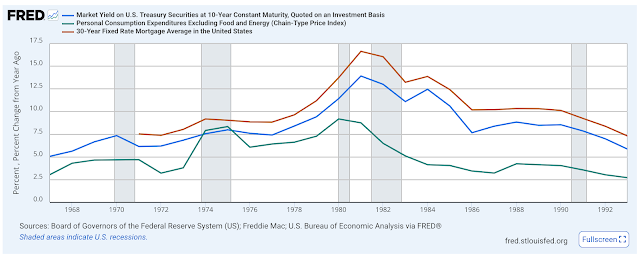401(k) plans saw ‘flight’ to cash, bonds in September, analysis finds
... Bond funds captured 39% of fund inflows, while 25% of net investor money flowed to stable value and 18% to money market funds, Alight found. ... The shift to bonds may indicate investors are rebalancing to keep their asset allocations from getting too stock-heavy, Austin said.
VBTLX was up 1.05% in September vs. 1.93% in the 3-months ended September 30th. The fund was up 6.10% year to date on September 30th.



















